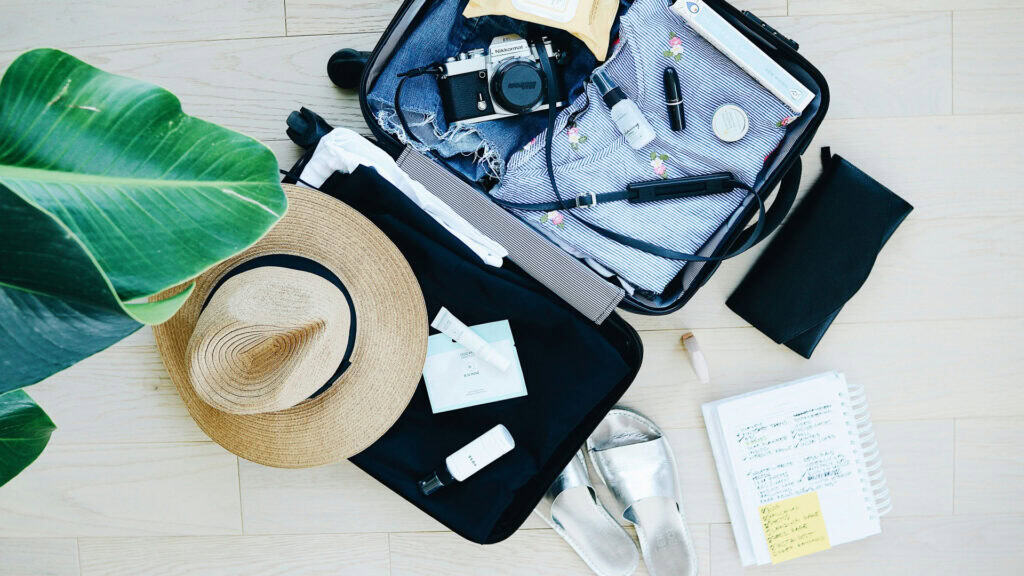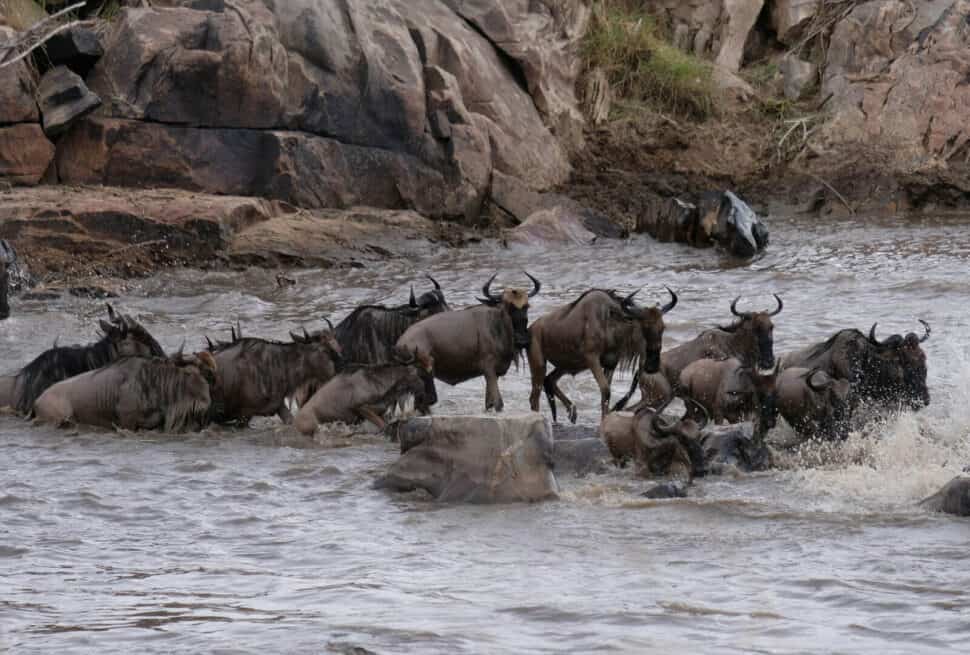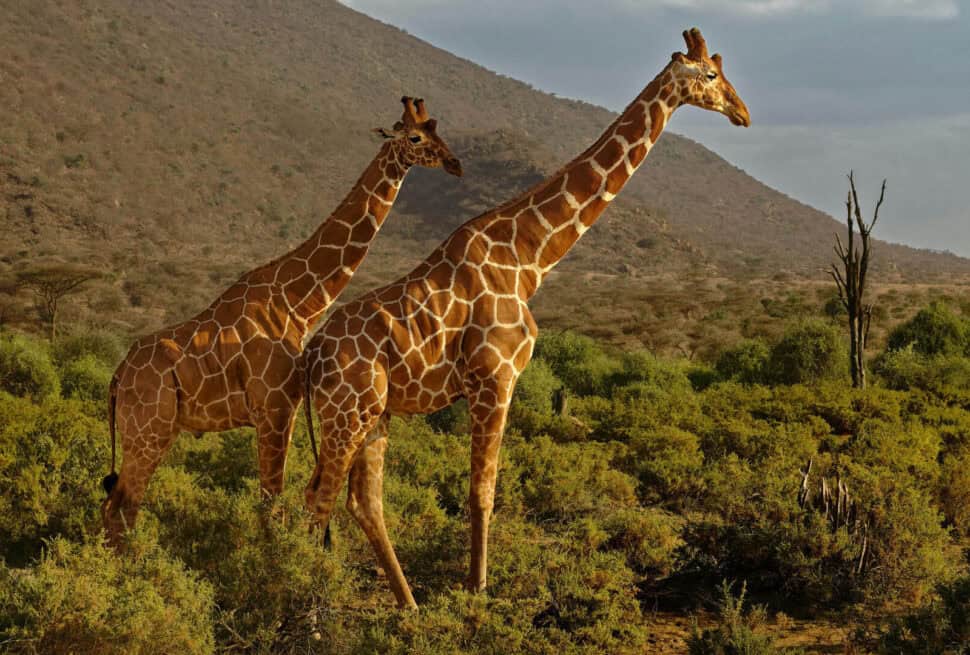An African safari is a once-in-a-lifetime journey — an experience that blends wild beauty, serene landscapes, and thrilling encounters with nature. Whether you’re heading to Kenya’s Masai Mara, Tanzania’s Serengeti, or Uganda’s misty forests, packing right can make all the difference between a good safari and a great one.

Unlike city tours or beach holidays, a safari demands comfort, practicality, and a bit of strategy. Here’s a detailed checklist and smart tips to help you pack light yet fully prepared for the adventure of a lifetime.
1. Clothing: Stay Comfortable and Blend with Nature
Safari fashion is all about comfort, function, and neutral tones. Forget bright colors or flashy patterns — they can distract wildlife or attract insects.
Pack these essentials:
- Lightweight, breathable shirts and trousers: Go for cotton or quick-dry fabrics in shades like khaki, beige, olive, or light brown.
- Long-sleeved tops: Protect your skin from the sun and mosquitoes while keeping you cool.
- Fleece or light jacket: Early morning and evening game drives can get surprisingly chilly.
- Convertible pants or shorts: Perfect for shifting temperatures throughout the day.
- Wide-brim hat or cap: Shields you from the sun while keeping your face cool.
- Comfortable walking shoes or safari boots: Choose sturdy, closed footwear for dusty trails or park stops.
- Flip-flops or sandals: Handy for relaxing around your lodge or pool.
- Light rain jacket: Particularly useful during the green seasons (April–June and November).
💡 Tip: Avoid dark blue and black clothing in tsetse fly regions — they’re attracted to those colors.
2. Safari Gear and Essentials
Even though many lodges provide amenities, bringing your own basics ensures you’re ready for anything.
Must-have safari gear:
- Daypack: A small, lightweight backpack for water, sunscreen, and your camera during game drives.
- Reusable water bottle: Staying hydrated is key, especially during long drives.
- Sunglasses with UV protection: The African sun can be intense, even in cloudy weather.
- Binoculars: For spotting distant animals and birds — a must-have for serious safari-goers.
- Camera with extra batteries and memory cards: Wildlife moments happen fast; be prepared to capture them.
- Travel adapter and portable charger: Kenya and Tanzania typically use the British-style plug (Type G).
- Insect repellent or bug spray: Not always necessary, but handy for evenings or forested areas.
- Personal first-aid kit: Include essentials like pain relievers, motion sickness tablets, and plasters.
3. Health and Hygiene Items
The wilderness doesn’t mean giving up comfort or cleanliness.
Pack these small but important items:
- Sunscreen (SPF 30+): The equatorial sun can be strong even during cooler months.
- Lip balm with SPF: Keeps your lips from drying out in the wind and sun.
- Wet wipes and hand sanitizer: Perfect for quick cleanups on game drives.
- Prescription medication: Always carry enough for the whole trip in clearly labeled containers.
- Toiletries: Many lodges provide basics, but it’s wise to pack your own toothbrush, deodorant, and travel-size shampoo.
💡 Tip: Keep all liquid items in leak-proof bags or pouches to avoid spills in your luggage.
4. Travel Documents and Money
Smooth travels begin with good preparation.
Don’t forget:
- Passport and visas: Ensure your passport is valid for at least six months after your travel dates.
- Travel insurance: Covers medical emergencies, cancellations, and lost luggage.
- Vaccination certificates: Yellow fever vaccination is often required for entry.
- Credit or debit card: Most lodges and towns accept cards, but always carry some local currency (Kenyan shillings, Tanzanian shillings, or Ugandan shillings) for tips or small purchases.
5. Extras for Comfort and Connection
Sometimes the smallest items make the biggest difference.
- Scarf or buff: Useful for dust protection and warmth.
- Notebook and pen: To record sightings and reflections — a personal safari diary.
- Travel pillow: Adds comfort to long drives between parks.
- Headlamp or small flashlight: Helpful in remote camps or during power outages.
- Book or Kindle: Perfect for quiet evenings by the campfire.
6. Packing Smart: Practical Tips
- Pack soft: Use a soft-sided duffel bag instead of a hard suitcase, especially for smaller safari planes with strict luggage limits.
- Layer wisely: Mornings can be cold, afternoons hot. Layering allows flexibility.
- Keep essentials in your carry-on: Medications, camera, and travel documents should always stay with you.
- Respect park rules: Avoid camouflage prints — they’re reserved for military use in many countries.
Final Thoughts
Packing for a safari isn’t about fashion or excess — it’s about readiness, respect, and comfort. When you dress in earthy tones, stay organized, and carry the right gear, you’ll blend seamlessly into the rhythm of the wild.
From the sun-drenched plains of Amboseli to the cool forests of Mount Kenya, the key is to travel light but smart. Whether it’s a pair of binoculars that brings a distant lion into view or that one bug spray that saves your evening by the campfire, every item in your bag has a role to play.
At Flynisha Tours and Travel, we help you prepare for every detail — so all you have to do is show up and let Africa take your breath away.




